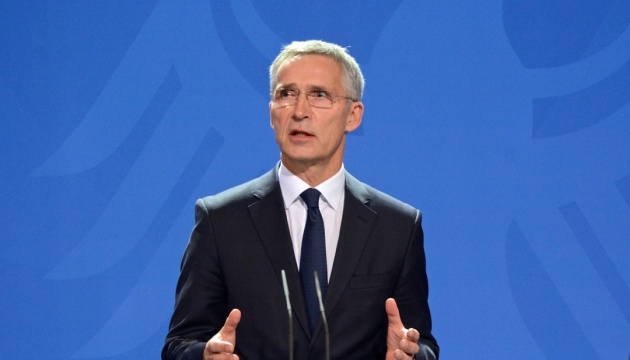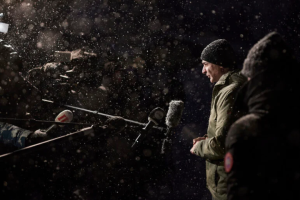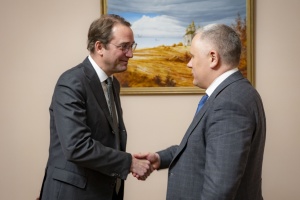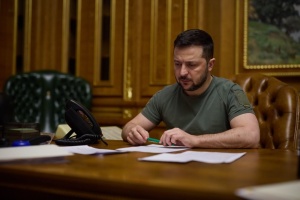
Dialogue “sign of strength": NATO chief has faith in deal with Russia
That’s according to NATO Secretary General Jens Stoltenberg, who spoke with Canada’s public broadcaster CBC, according to an Ukrinform correspondent.
“The aggressor is Russia. To expect that the victim of aggression should de-escalate is to really put the whole thing in a bit of [a] strange, upside-down way,” Stoltenberg said.
At the same time, he added that NATO remains willing to sit down again and listen to Moscow's concerns. According to Stoltenberg, who had settled with Russia on border demarcation issues in the far north during his Norwegian premiership, it is still possible to reach a deal with Moscow.
“I think the most important thing I learned was that there's no contradiction between ... defense, strength and dialogue. As long as we are strong, as long as we are united, we can engage in dialogue and discuss many issues with Russia. Dialogue, talks, negotiation is not a sign of weakness, it's a sign of strength,” the Secretary General stressed.
At the same time, he noted that a further invasion of the Ukrainian territory would be a "big strategic mistake" by Russia, with a high cost in blood.
“The Ukrainian armed forces are much more well trained, well equipped, well prepared now than they were in 2014, when Russia went in the first time,” he said. “And then, of course, we will always also be ready to do what it takes to protect and defend all NATO allies.”
As reported, according to Ukrainian and Western intelligence, about 100,000 Russian troops have been amassed near the border with Ukraine.
On January 11, in the Western Military District of Russia, live-fire drills kicked off, involving nearly 3,000 servicemen and about 300 armored vehicles, t the training grounds in Voronezh, Belgorod, Bryansk, and Smolensk regions.
On January 12, more than 10,000 servicemen of the motorized infantry units of the Southern Military District and units of the Black Sea Fleet and the Caspian Flotilla were deployed for "field training" at the military ranges in Russia, Armenia, and the seized regions of Georgia (Abkhazia and South Ossetia), as well as the occupied Crimea.
On January 14, a snap combat readiness check was launched for the troops in Russia’s Eastern Military District.
im




